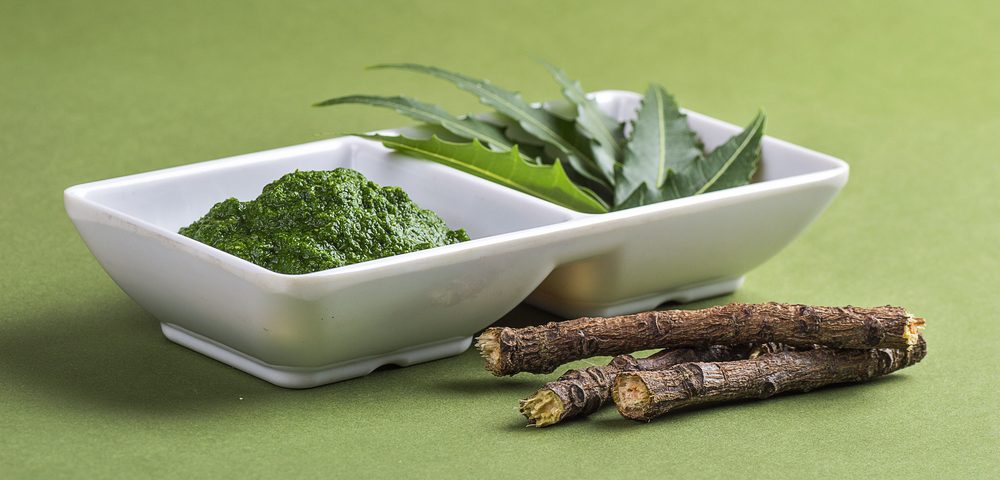A significant aspect of my holistic approach to managing endometriosis is regularly taking various herbs and vitamin supplements. In traditional Chinese medicine, endometriosis is linked to blood stasis. Essentially, this means that blood circulation is poor, which contributes to the disease. Quite a few different herbs can be taken that will prevent blood stagnation and promote a healthy qi, or energy.
It is very important to consult with your physician before engaging in herbal therapy, as some herbs can interfere with medications.
With the guidance of my acupuncturist and some insight from my endocrinologist, the following is a comprehensive list of the herbs I take and what they do for me. Each woman is different, as is every case of endo, so it is important to find the right blend of herbs and vitamins that works for you. It took me about a year to figure out the right combination and balance of herbs, so patience in this case, as in all things endo, is a virtue.
Vitamin D3
My endocrinologist and my acupuncturist both explained to me that many women who suffer from endometriosis also have vitamin D deficiency. My blood work showed that my D3 levels were low, so one of the vitamins I take daily is D3 (5,000 IU).
Cramp Bark Plus
In the past, I’ve taken various Chinese herbal blends. Most recently, I take Cramp Bark Plus (modified Tong Jing Wan), which contains ingredients such as cinnamon twigs, red peony, and various other Chinese herbs. This blend stimulates blood flow and warms the energy channels of your body. You can procure these herbs online from sites like LuckyVitamin or directly from the manufacturer, Health Concerns.
Spirulina
This superfood plant is an excellent source of protein, minerals, and antioxidants. However, perhaps the most important quality for endo sufferers is that it’s an anti-inflammatory. The blue-green, freshwater algae come in both capsule and powder form. It boosts energy and enhances the immune system. It does have a rather potent, fishy flavor, but if you can power through the taste, it has an impressive nutrition profile. I’m convinced that taking six capsules of spirulina a day is the only reason I survived flu season this year! You can find spirulina in health food stores or online (at Amazon or Thrive Market). I like Pure Hawaiian Spirulina. It is important to keep it refrigerated once opened.
Maca root
Indigenous to the Andes Mountains, this superfood, also known as Peruvian ginseng, balances hormones and promotes fertility. I consume organic, raw red maca in capsule form every day. The amount you take varies according to size and how often you exercise. One thing I noticed almost immediately after I started taking Maca is a boost in my sex drive. While not the reason I’m taking it, it’s not a bad side effect!
There are so many different herbal supplements, and it can be quite overwhelming getting started with a regime that’s right for you. Therefore, I would recommend seeking professional assistance in finding the best combination of herbs and vitamins to add to your daily routine. While I wholeheartedly subscribe to the belief that herbal therapy helps me manage my endo pain, I do believe it is effective because I take them in conjunction with other elements of holistic methods such as essential oils, herbal teas, gluten-free eating, and lifestyle changes.
***
Note: Endometriosis News is strictly a news and information website about the disease. It does not provide medical advice, diagnosis, or treatment. This content is not intended to be a substitute for professional medical advice, diagnosis, or treatment. Always seek the advice of your physician or other qualified health provider with any questions you may have regarding a medical condition. Never disregard professional medical advice or delay in seeking it because of something you have read on this website. The opinions expressed in this column are not those of Endometriosis News or its parent company, BioNews Services, and are intended to spark discussion about issues pertaining to endometriosis.

